Vivitar 75-205mm f/3.8 zoom pictures

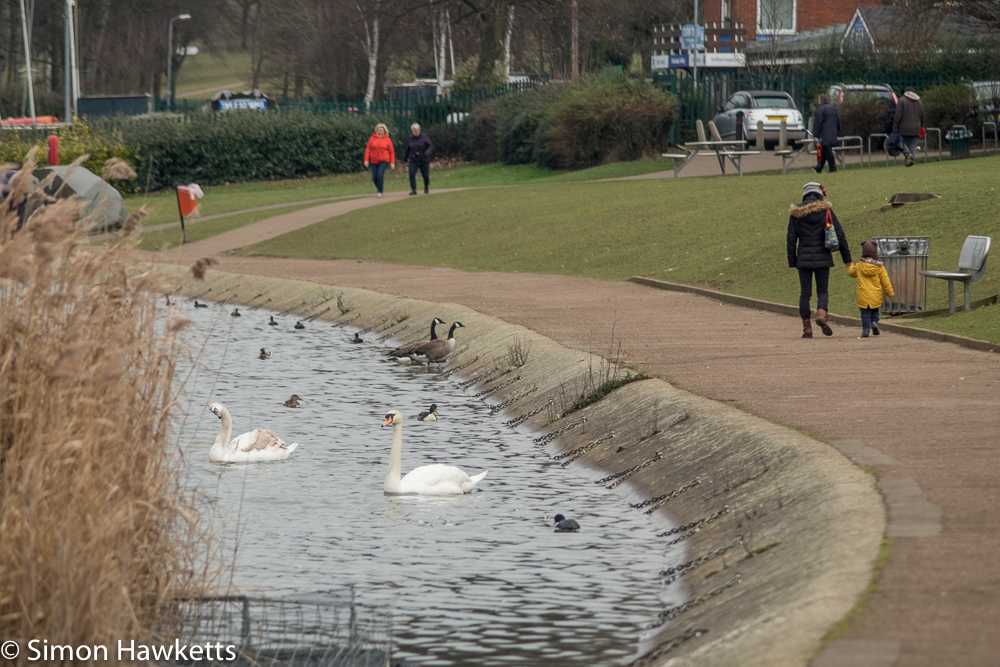

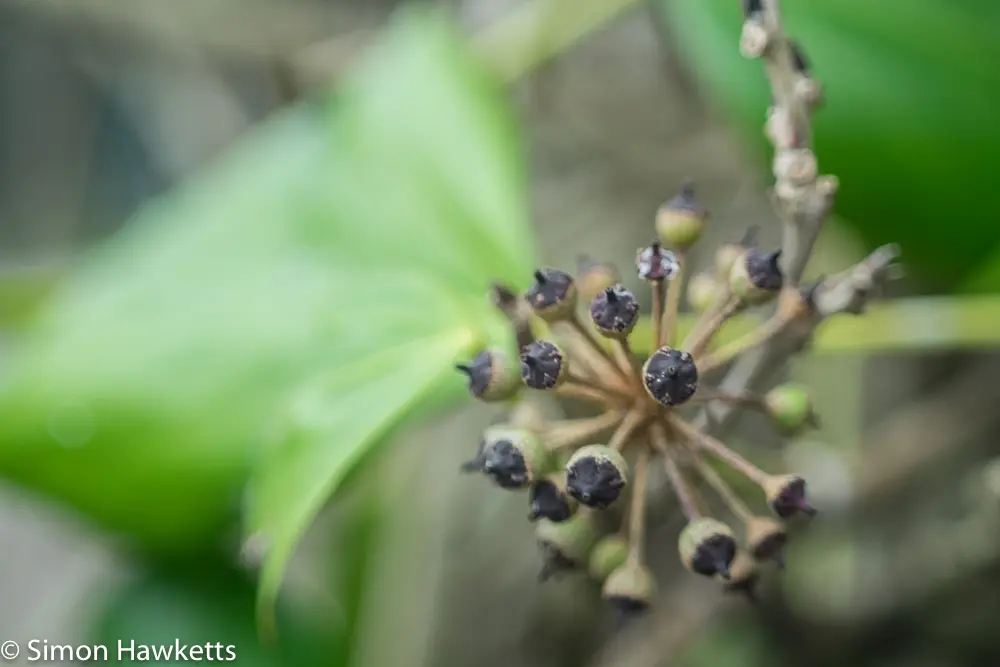

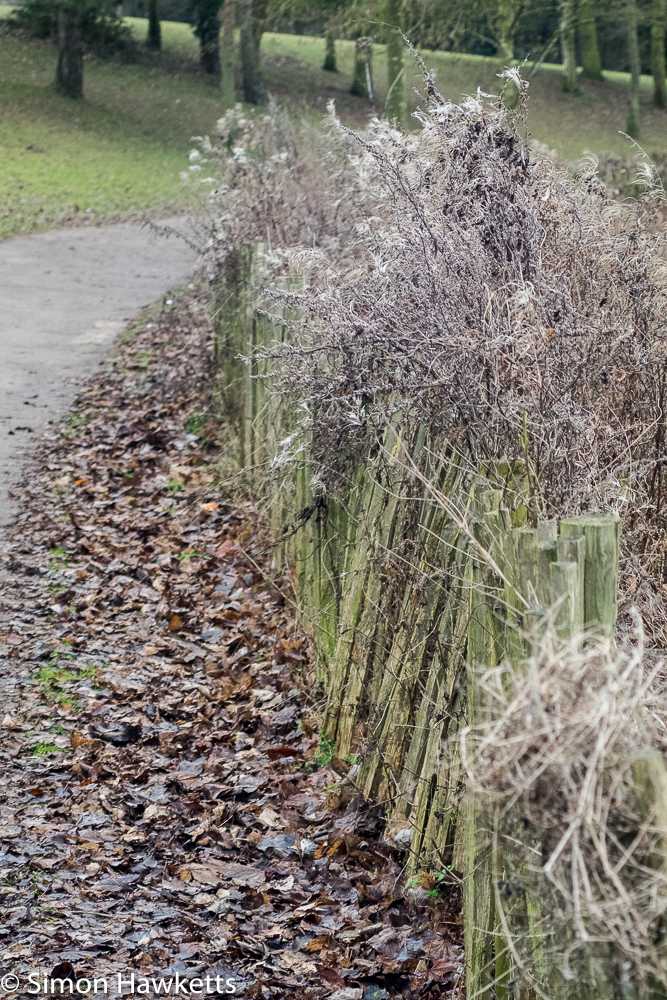
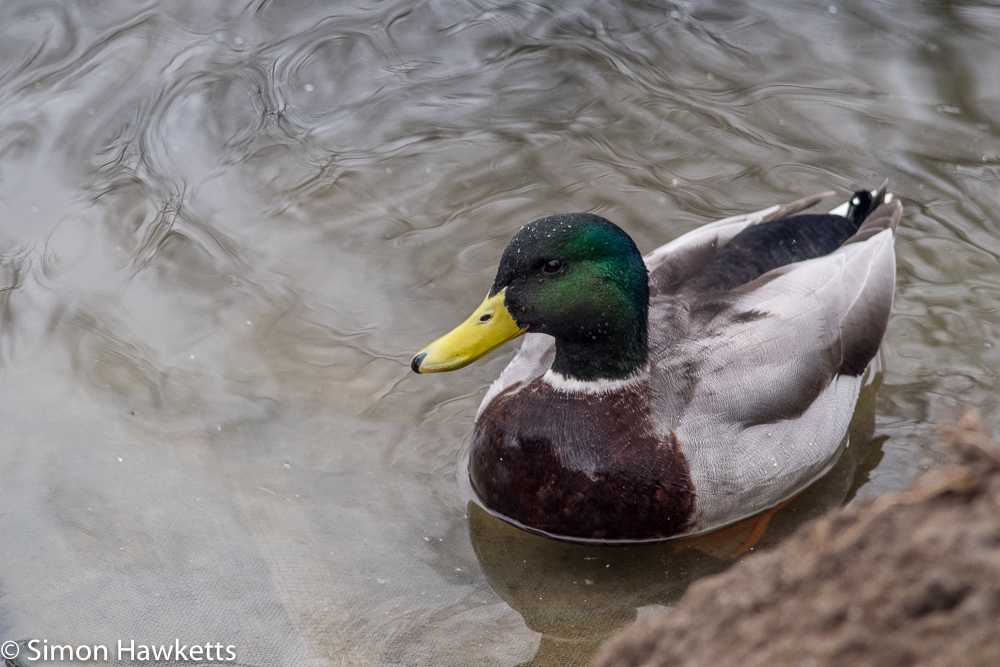
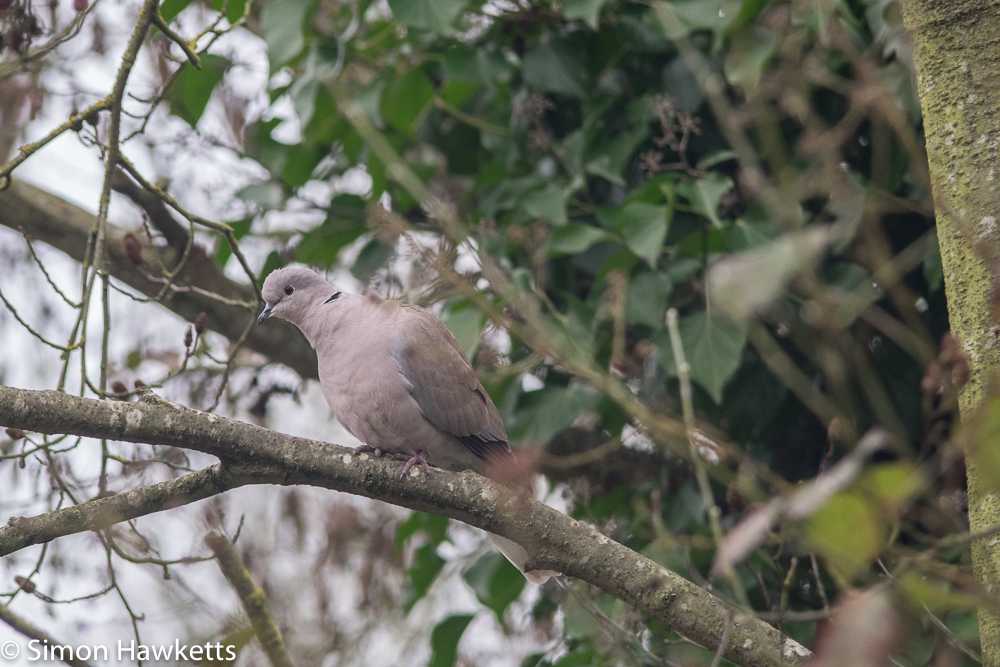
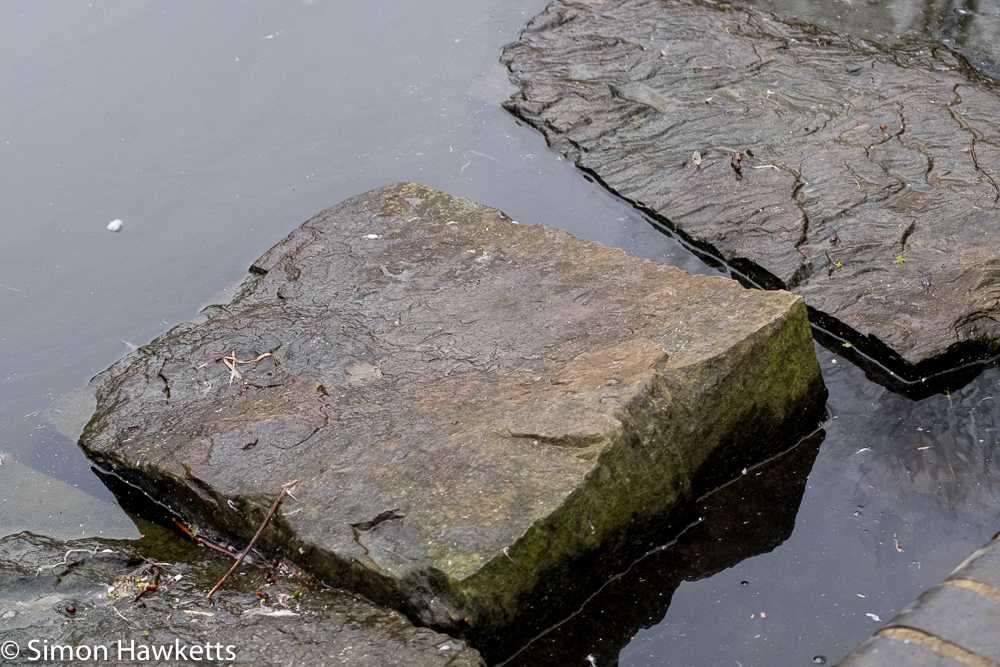
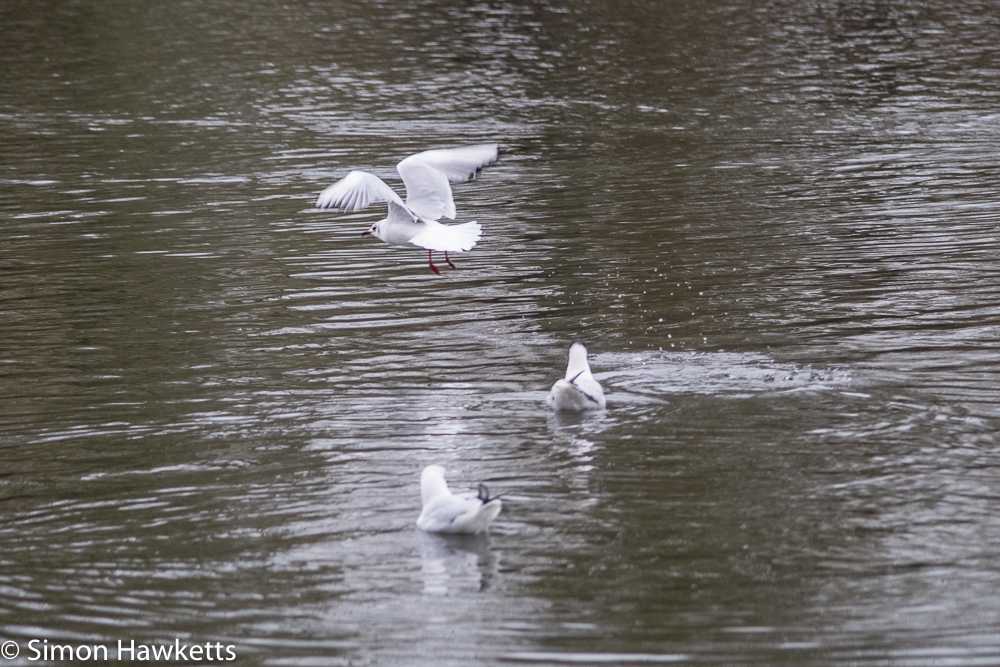
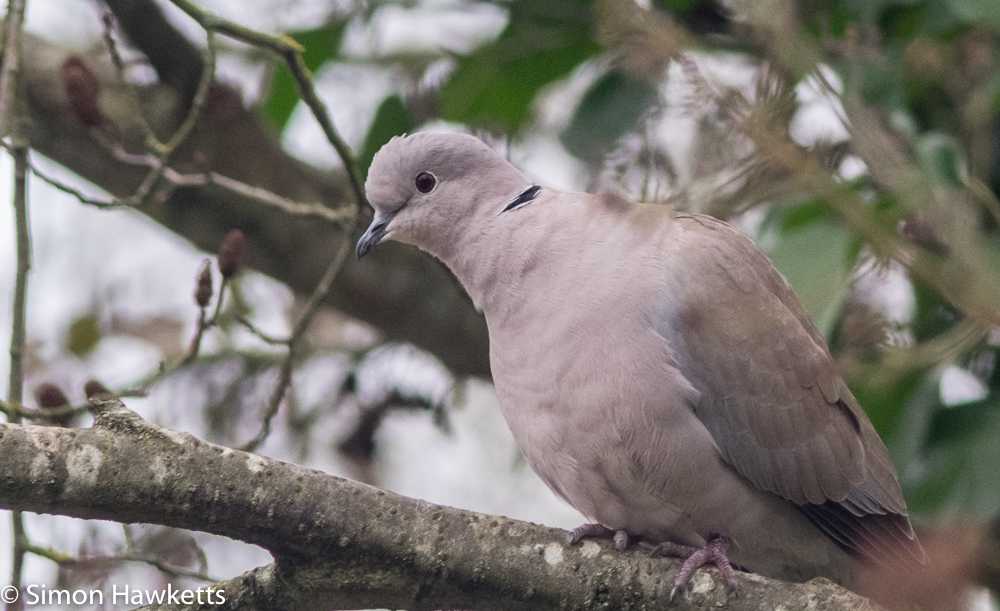
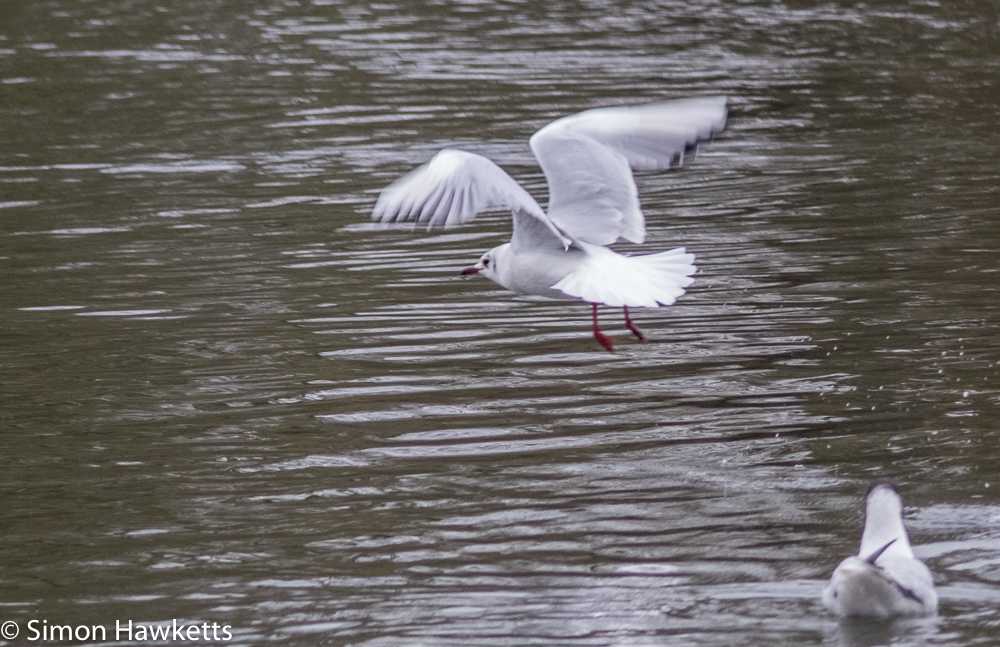
Cropped seagull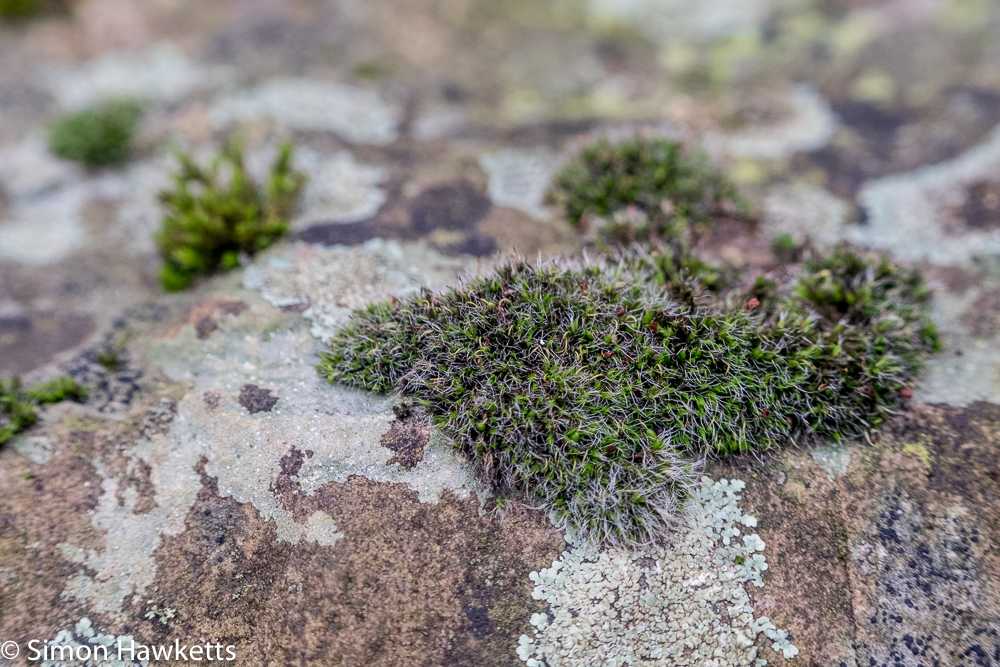
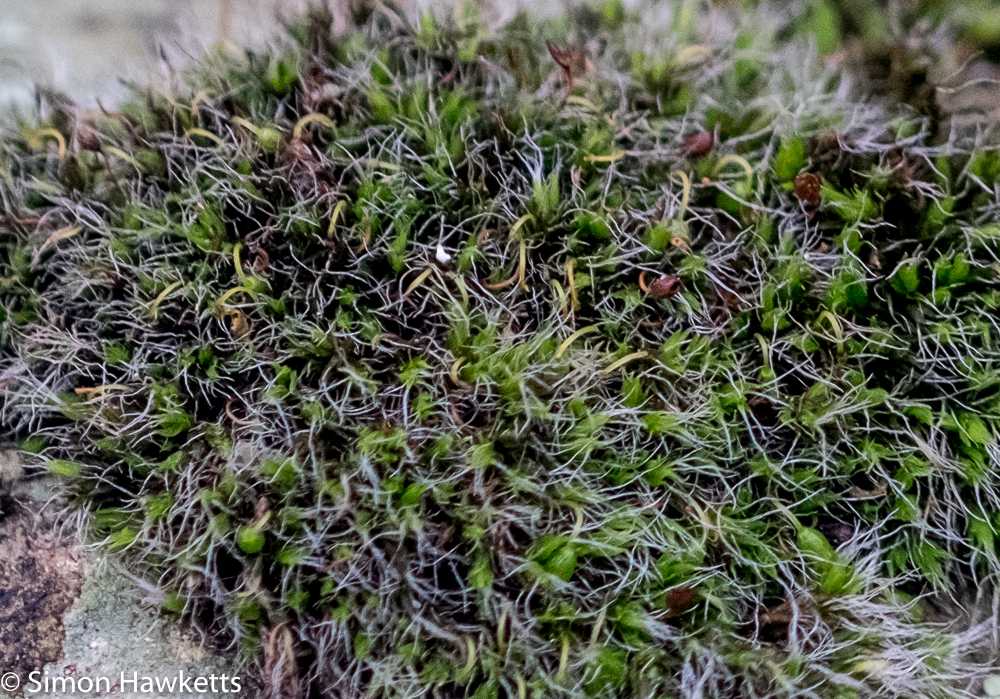
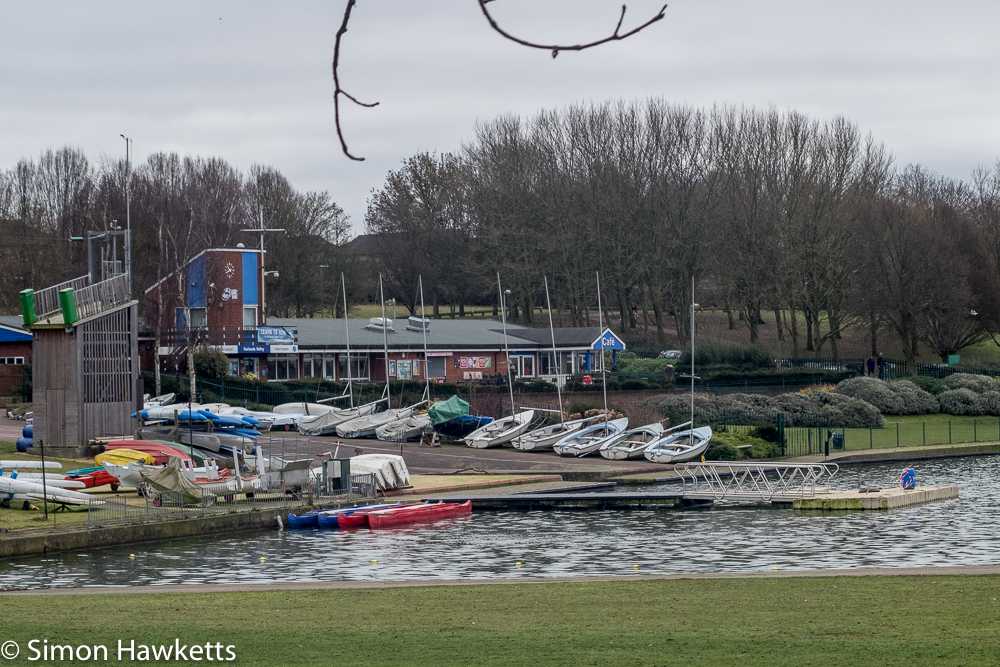
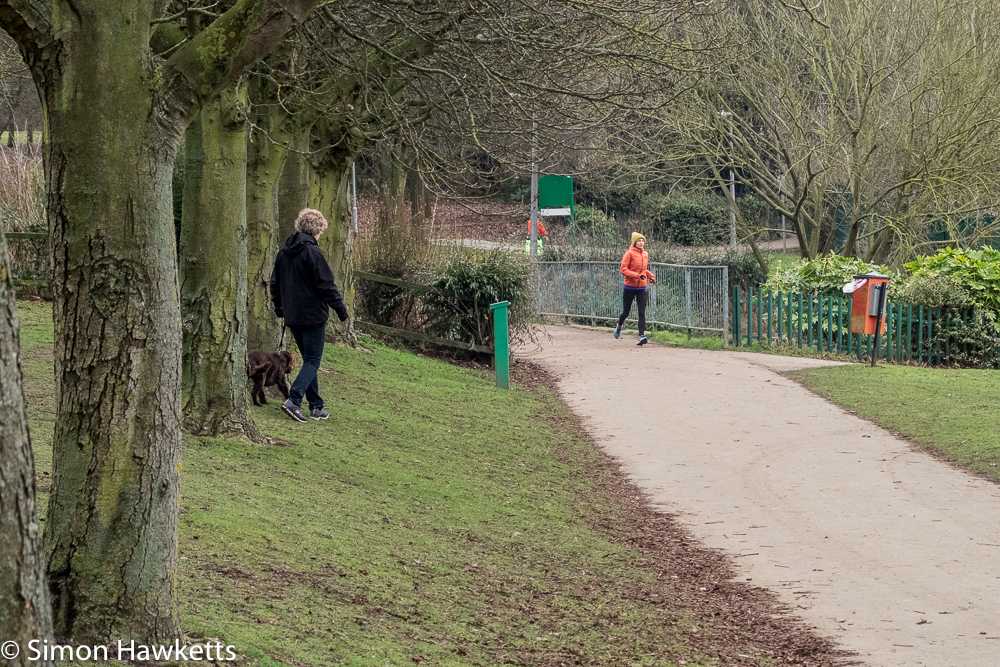
Because they are now generally cheap to buy, I like to see how these old lenses perform when they are used on a modern camera with a digital sensor. For anyone who is interested, I’ve tested a few vintage lenses with this camera — to find the other articles just search for fuji x-t1 in the search box above.
This lens is an M42 mount, constant aperture zoom with a close focus option and when I looked in an old copy of Camera Weekly I discovered that it was available for about £120 in 1981. These days it is possible to find a copy second hand for between about £20 — £30.
My particular copy of the Vivitar 75-205mm f/3.8 zoom is in almost perfect condition, mostly because it has been looked after by my cousin’s husband who gave it to me to add to my collection a few months ago. He kept it in a proper lens case with the lens elements protected by two caps and a filter, along with a small pack of silica gel to keep the moisture content down. Because of this the focus, zoom and aperture rings are perfectly smooth, there isn’t a mark on the body anywhere and the coatings are in excellent condition without a trace of the dreaded fungus anywhere on the elements.
It is a heavy, solidly build, long lens which needs to be supported by the hand when used on a modern mirrorless camera like the Fuji X-T1. The focal length quoted on the lens of 75 — 205 mm is, of course, when used on a 35 mm film camera. On an APS-C sensor camera like the X-T1, the equivalent focal length is 112.5 to 307.5 which puts it squarely into telephoto territory.
As well as the normal use as a telephoto however, the lens has another trick up its sleeve because it has a close focus setting which is at the 75 mm end of the telephoto range. It would actually have been more useful to be at the 205 mm end, because it would then have allowed you to be further from the subject when close focusing (which is useful for things like butterflies etc) but it’s still a useful addition. With this setting selected it’s possible to get some nice close up pictures, although not true macro shots.
The aperture range is a useful f/3.8 to f/22 and as I said above it is a constant aperture design. This means that as the zoom is operated, the aperture remains the same over the full range of the zoom. Many lenses will allow the aperture to change as the zoom is adjusted, but the design of this lens actually changes the aperture blades with the zoom to keep the ratio of opening to focal length constant.
Another interesting thing about the design is that the length of the lens doesn’t change as the zoom is adjusted, and the lens body doesn’t rotate, meaning a polarising filter would not need to be re-adjusted after zooming.
Results
I took the Vivitar 75-205mm f/3.8 zoom and camera combination out to get some shots on a typical dull February day and a selection of those pictures are shown in the gallery above. I also took a short video which is shown below.
All these pictures were taking in Manual exposure mode but with auto ISO, and were recorded in RAW mode. They were then imported into Lightroom for a few small tweaks before exporting at 1000px on the longest edge.
I have to say that it wasn’t the ideal conditions for testing the lens and I might try some further tests on a sunnier day later in the year when I can close the aperture down a bit. A lot of the results were taken at quite high ISO, and even though the X-T1 has extremely good noise performance, any picture taken at ISO3200 will not be as good as one taken at ISO400.
Even so, the results are quite reasonable, and if the lens were to be used as a cheap way of taking nature shots of birds etc it would serve a useful purpose at a good price. The close up performance in particular certainly seems worthy of some additional testing, and when I do that I will update this post with those results.



























